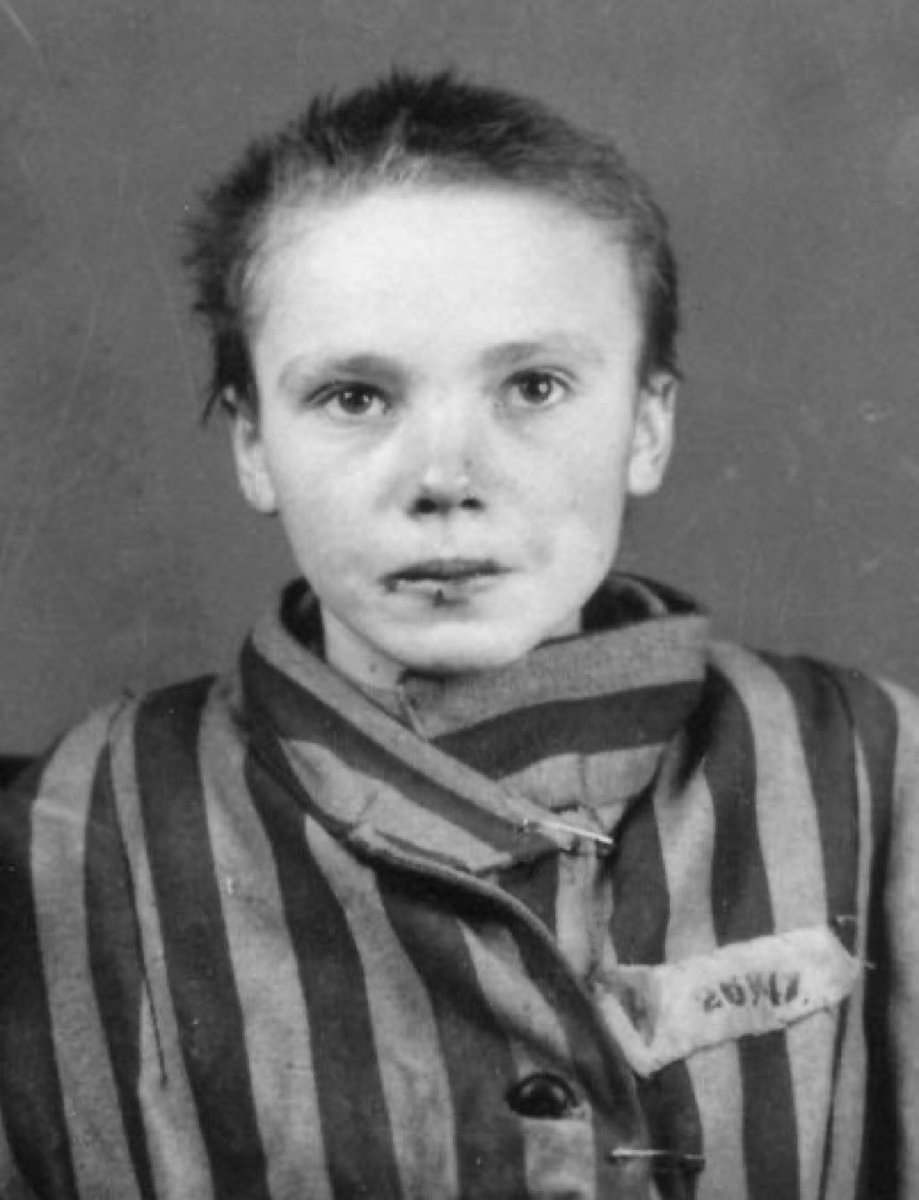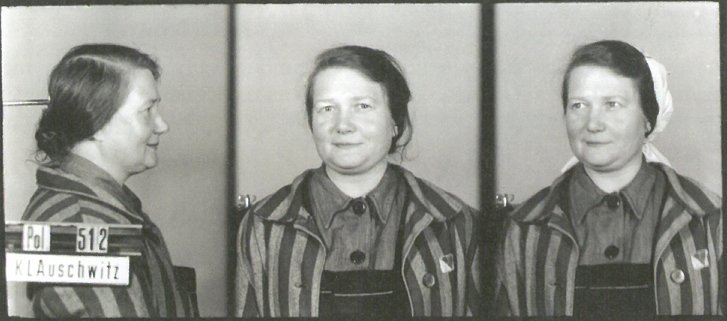
12 March 1943 | 14-year old Polish girl Czesława Kwoka (camp no. 26947) was murdered in #Auschwitz with a phenol injection into the heart. She was deported by Germans from Zamość region as part of their plan of creating „living space” in the east. [Thread 1/4] 

According to the testimony of a survivor Wilhelm Brasse, who took the registration picture of Czesława Kwoka, just before it was taken, the girl was beaten by one of the guards. In the picture, you can see the cut in her lip. 2/4 

Czesława Kwoka was born on 15 August 1928 in Wólka Złojecka, a village in region. She arrived at #Auschwitz on 13 December 1942 in a transport of 318 women. Her mother Katarzyna was also deported. She received number 26949 & perished in the camp on 18 February 1943. 3/4 

In total during the so-called "Aktion Zamość" between November 1942 & March 1943 Germans expelled ca. 110 thousand Poles from 297 villages of the region. en.wikipedia.org/wiki/Ethnic_cl… 4/4 

• • •
Missing some Tweet in this thread? You can try to
force a refresh























